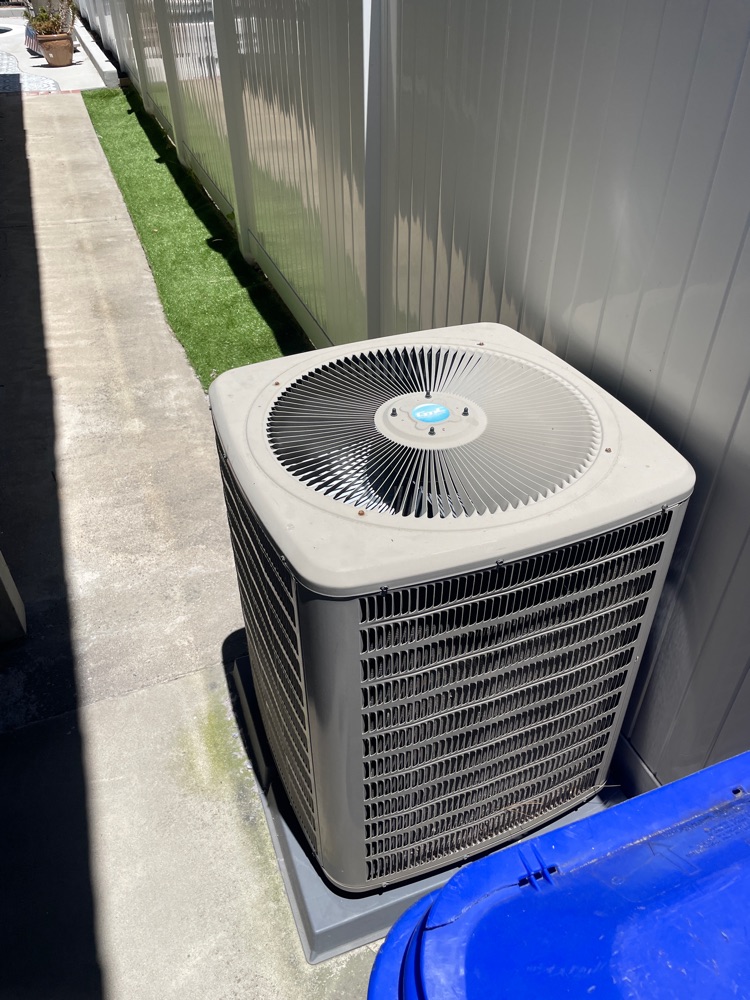The dryer today is simply an irreplaceable thing in every home. Such a unit will be especially useful for families with many children, when there is no place to dry a large number of washed items at the same time. Taking proper care of your clothes involves not only washing them effectively, but also drying them properly. Modern dryers allow all of the methods to be used, sometimes even in combination. As a rule, malfunctions of dryers occur due to violation of the requirements of the operating instructions. Factory defects are extremely rare. Nevertheless, even the most reliable appliances of well-known brands need repair over time. One of the most common breakdowns is a situation when the dryer does not heat the air, that is, air enters the drum, but it remains cold. The easiest way to detect such a malfunction is by feeling the door. It is usually hot when you touch it. GE dryers have a special system that locks the door and prevents it from opening until the laundry has cooled down a little. The thermal fuse is a safety device that you’ll find on gas GE dryers. This fuse is designed to prevent dryers from overheating. So, when the temperature gets too high, the fuse will blow. When that happens, the fuse will break the dryer’s electrical circuit and prevent it from operating. Not only will this prevent the dryer from damaging itself further, but it will also help to prevent fires as well. Gas dryers will have a thermal fuse located at the burner instead. Thermal fuses will blow when the temperature inside the dryer approaches unsafe levels. Seeing as how thermal fuses are sacrificial devices, they cannot be used any more once they’ve blown. A blown thermal fuse on a GE dryer is a symptom rather than the root cause. Overheating in a dryer is usually caused by a clogged vent, which we will explore in the next section. Once the thermal fuse is blown, you’ll need to replace it with a brand new one. You can access the thermal fuse from the back of the dryer by removing the rear panel. Next, locate and identify the thermal fuse and disconnect it from its electrical connector. Then, unthread the screw that holds the fuse in place. Mount the new thermal fuse and attach the electrical connectors the same way as before. There is no need to be confused with the steps of replacing the fuse yourself. Contact our customer support team and arrange a maintenance visit. We fix - you relax!

November 26, 2023
AC is leaking from the coil – HVAC Troubleshooting in San Diego
Have you encountered a leaking air conditioner? This causes not the most pleasant feelings and deprives you of comfort. Before solving this problem, you should determine what exactly became the source of the air conditioner flow.



















